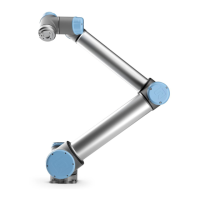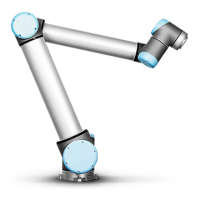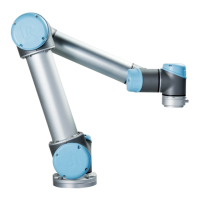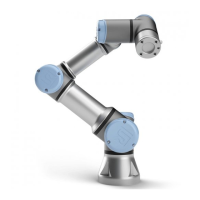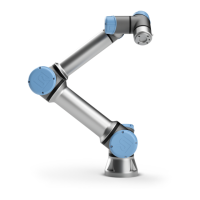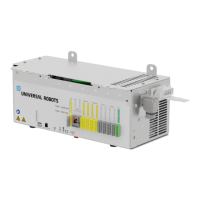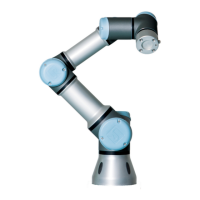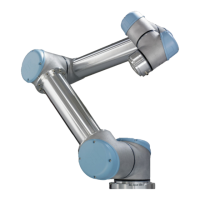SF# and
Safety
Function
Description What happens?
Tolerance
and PFH
D
Affects
SF7
Force Limit
(TCP)
The Force Limit is the force
exerted by the robot at the
TCP (tool center point) and
“elbow”. The safety function
continuously calculates the
torques allowed for each
joint to stay within the
defined force limit for both
the TCP & the elbow. The
joints control their torque
output to stay within the
allowed torque range. This
means that the forces at the
TCP or elbow will stay within
the defined force limit. When
a monitored stop is initiated
by the Force Limit SF, the
robot will stop, then “back-
off” to a position where the
force limit was not
exceeded. Then it will stop
again.
Will not allow motion
to exceed any limit
settings. Speed or
torques could be
reduced so motion
will not exceed any
limit. A robot stop
will be initiated to
prevent exceeding
any limit. Will not
allow motion to
exceed any limit
settings.
Tol: 25N
PFH
D
: 1.8E-
07
TCP
SF8
Momentum
Limit
The momentum limit is very
useful for limiting transient
impacts. The Momentum
Limit affects the entire robot.
Tol: 3kg m/s
PFH
D
: 1.8E-
07
Robot
SF9
Power Limit
This function monitors the
mechanical work (sum of
joint torques times joint
angular speeds) performed
by the robot, which also
affects the current to the
robot arm as well as the
robot speed. This safety
function dynamically limits
the current/ torque but
maintains the speed.
Dynamic limiting of
the current/torque
Tol: 10W
PFH
D
:1.8E-07
Robot
UR16e 86 User Manual
2.Part I Hardware Installation Manual
Copyright © 2009–2024 by UniversalRobotsA/S. All rights reserved.

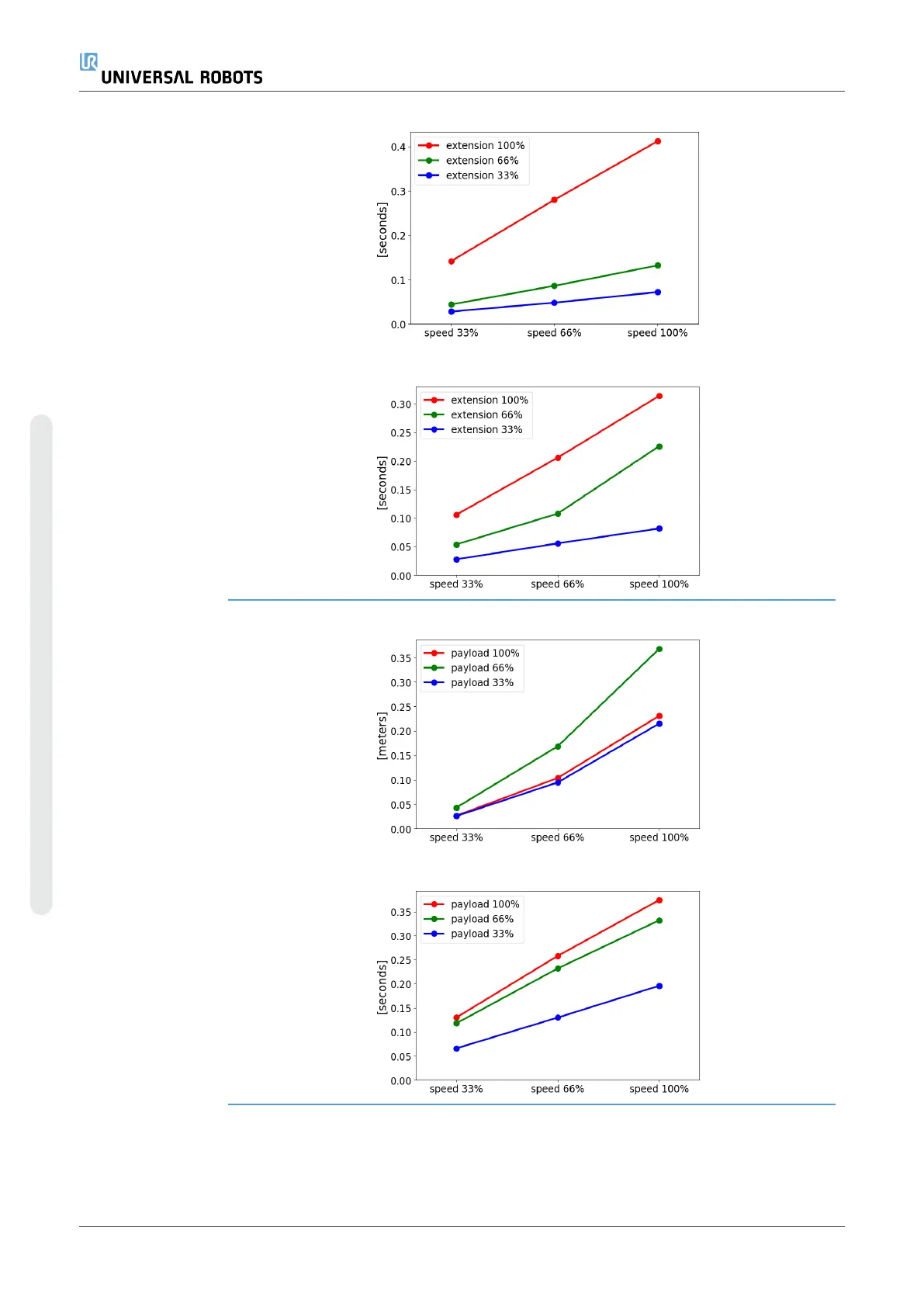